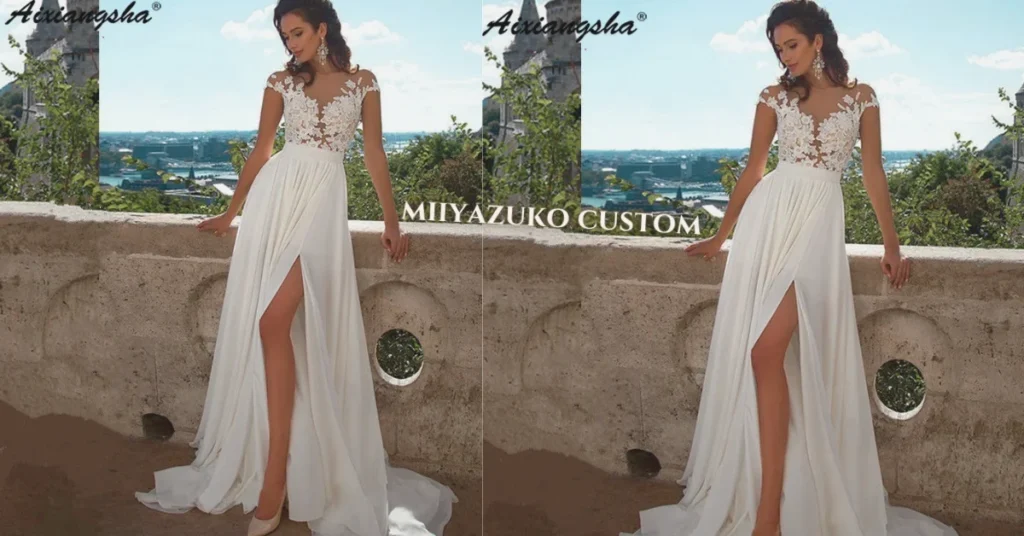Introduction to Miiyazuko Custom
What is Miiyazuko Custom?
Let’s take a walk into the heart of Japanese creativity—Miiyazuko Custom. This isn’t just a style or a trend; it’s an ancient-yet-alive expression of identity and culture. Born from centuries of craftsmanship, it seamlessly ties together the spirit of tradition with the spark of innovation. Think of it as Japan’s visual language of storytelling—each stitch, shade, and motif carries a deeper meaning.
Why It Still Matters Today
In an age where fast fashion and digital art dominate, Miiyazuko Custom reminds us of the value of patience, intention, and heritage. It’s not about mass production—it’s about personal expression, cultural pride, and keeping stories alive through fabric, form, and function.
The Historical Roots of Miiyazuko Custom
Birth of the Tradition in the Edo Period
Miiyazuko traces its roots back to the Edo Period (1603–1868), where artisans developed distinct motifs and garments that reflected social status, belief systems, and personal legacy. Every element, from the type of fabric to the embroidery pattern, held symbolic weight.
Cultural Role Through the Ages
Miiyazuko was more than art; it was social identity. Families passed down patterns, colors indicated class, and each design whispered tales of ancestry and honor. These customs were deeply rooted in Shinto and Buddhist practices, infusing spirituality into every piece.
Influence of the Meiji Restoration
Fast-forward to the Meiji era, and we see Western influences begin to creep in. Yet instead of replacing tradition, this era enriched Miiyazuko with new techniques, fabrics, and fusion aesthetics. It birthed a modern form that honored the past while embracing the future.
Traditional Techniques That Define Miiyazuko
Shibori (Tie-Dye Art)
Ever seen those intricate, symmetrical patterns on Japanese cloth? That’s Shibori. This technique involves folding, twisting, or bunching cloth and binding it before dyeing. Each piece turns out unique—a surprise every time, just like snowflakes.
Natural Dyeing Practices
Miiyazuko artisans rely on natural dyes—indigo, persimmon, and safflower—to create rich, earthy tones. These aren’t just colors; they carry meaning. Indigo represents protection, while red signals vitality. The symbolism is sewn right into the fiber.
Hand-Stitching & Embroidery
Every thread in Miiyazuko embroidery is a heartbeat. Hand-stitching isn’t just decorative—it’s storytelling. From mythical creatures to ancestral crests, embroidery speaks where words fall short.
Woodblock Printing on Textiles
Traditional woodblocks create beautifully repetitive patterns of nature—waves, cranes, cherry blossoms. These motifs are loaded with emotion and cultural depth, capturing the essence of Japan’s love affair with nature.
Sacred Materials Used in Miiyazuko Art
Fabrics Like Silk, Hemp, and Cotton
Materials in Miiyazuko are chosen not just for function, but for spirit. Silk whispers elegance, hemp breathes strength, and cotton offers comfort. These fabrics become the canvas for expression.
Symbolic Use of Natural Dyes
Beyond beauty, the use of plant-based dyes ties Miiyazuko to the earth. This ancient knowledge of flora-based colorants is passed down like secret recipes—guarded, cherished, and perfected.
Eco-Conscious Material Sourcing
Miiyazuko’s soul aligns with nature. Modern artisans now embrace sustainability, choosing ethical sources and minimizing waste—making it one of the most environmentally conscious art forms out there.
The Cultural Significance of Miiyazuko Custom
Identity and Symbolism
Miiyazuko isn’t just worn—it’s lived. Each piece reveals where you come from, what you believe, and who you are. Like a fingerprint, no two designs are alike, and every symbol tells a story.
Storytelling Through Patterns
Dragons for strength, sakura for fleeting beauty, waves for resilience—Miiyazuko is a library of lived experiences, immortalized in fabric. Think of it as wearable poetry.
Its Place in Japanese Society Today
From wedding kimonos to spiritual rituals, Miiyazuko remains a cornerstone in Japanese celebrations and daily life. It’s both a relic and a revolution.
Miiyazuko in the Modern World
From Artisan Shops to Fashion Runways
Modern fashion houses now look to Miiyazuko for inspiration, blending classic motifs with global fashion trends. It’s haute couture with a heartbeat of heritage.
How Modern Designers Reimagine Miiyazuko
Think minimalist cuts with explosive traditional detailing. Young designers breathe fresh life into Miiyazuko, taking old-world magic and remixing it for the modern stage.
Role in Contemporary Japanese Aesthetics
Miiyazuko influences everything from interior design to graphic art in Japan. Its clean yet soulful vibe fits seamlessly into the country’s visual culture.
Blending Heritage With Innovation
Tech Meets Tradition
Imagine 3D printing Miiyazuko patterns or using augmented reality to design kimono prints. That’s not a fantasy—it’s happening. Japan’s tech scene is elevating this heritage craft into the digital frontier.
Sustainable Crafting Approaches
Innovation also means responsibility. Artisans are now leveraging renewable energy, recycled fabrics, and green dyes to keep Miiyazuko sustainable and soulful.
Keeping the Spirit Alive in a Digital Age
Social media is now a powerful tool. Artists share time-lapse videos, host virtual workshops, and even sell NFTs of their textile designs—bringing Miiyazuko to the next generation.
Daily Life and Miiyazuko Custom
How to Wear or Use Miiyazuko Today
It’s not just for special events anymore. Miiyazuko is popping up in scarves, bags, jackets—even phone cases. Everyday items now carry ancient elegance.
Home Décor and Lifestyle Choices
Want your home to breathe zen-like charm? Miiyazuko throw pillows, curtains, and wall hangings add a warm cultural pulse to any room.
Creating Personal Expression Through Customization
People are now customizing Miiyazuko pieces with personal symbols—birthdates, family crests, spiritual elements. It’s identity woven into art.
The Global Reach of Miiyazuko
Japanese Diaspora and Cultural Spread
Japanese communities abroad have carried Miiyazuko across oceans. From Los Angeles to São Paulo, workshops and boutiques keep the tradition alive.
International Exhibitions and Collaborations
Miiyazuko has graced museum walls and fashion expos worldwide. Global artists collaborate with Japanese masters to create transcultural masterpieces.
Protecting and Preserving the Craft
Master Artisans and Apprenticeship Programs
Miiyazuko is passed on, not mass-produced. Masters, or “shokunin,” mentor young talents, preserving authenticity while encouraging innovation.
Museums and Cultural Preservation Projects
Cultural institutions in Japan are documenting and safeguarding techniques, materials, and stories through exhibitions, documentaries, and archives.
Future Possibilities for Miiyazuko Custom
AI Design Meets Ancestral Techniques
AI tools now help generate new patterns based on ancient designs. It’s like letting the ancestors collaborate with algorithms.
Virtual Showrooms and NFT Art Integration
Miiyazuko has even entered the metaverse. Virtual showrooms allow anyone, anywhere, to explore and purchase authentic designs—some minted as NFTs.
Final Reflections on Miiyazuko’s Journey
Miiyazuko Custom is a living, breathing symbol of Japanese resilience and creativity. It proves that tradition isn’t meant to be frozen in time—it’s meant to evolve, adapt, and inspire. In every stitch, there’s a story; in every pattern, a past and a promise.
Conclusion
Miiyazuko Custom isn’t just fashion or decoration—it’s living culture. It shows us that tradition and innovation aren’t enemies—they’re dance partners. As long as there are hearts willing to create and hands willing to craft, Miiyazuko will continue to bloom.
FAQs
What does “Miiyazuko” mean?
“Miiyazuko” refers to a sacred or ceremonial lineage, rooted in Japanese heritage, often linked to artistic family traditions.
Is Miiyazuko Custom still practiced in Japan?
Absolutely! Both rural artisans and urban designers continue to practice and evolve Miiyazuko to this day.
Can foreigners learn Miiyazuko techniques?
Yes! Many cultural exchange programs and workshops welcome international students passionate about traditional Japanese crafts.
What makes Miiyazuko different from other crafts?
Its deep cultural symbolism, spiritual elements, and story-driven patterns set it apart. It’s not just craft—it’s a philosophy.
Where can I buy authentic Miiyazuko pieces?
Look for certified artisan markets in Japan, cultural fairs, or online platforms that highlight handmade and locally-sourced crafts.






